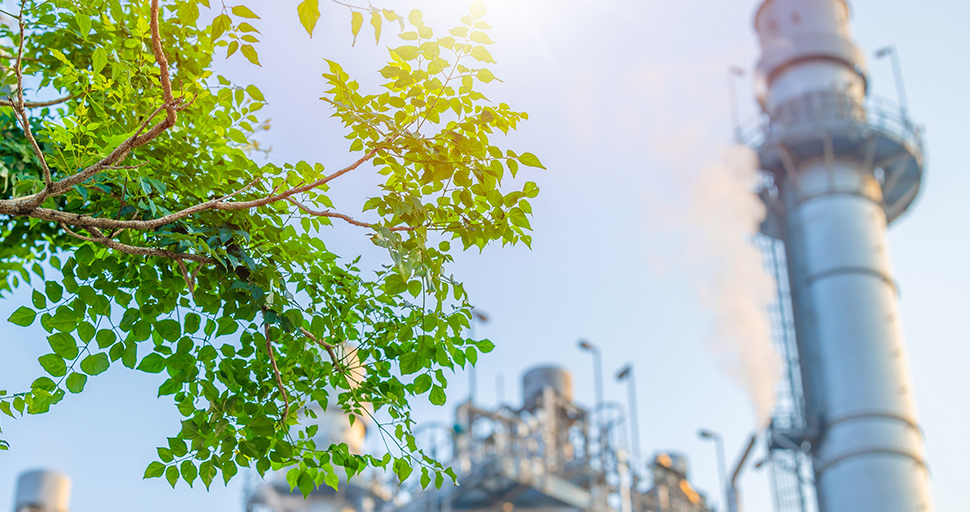Environmental responsibility for manufacturers isn’t just a ‘big stick’ regulatory approach. Help is available for businesses to take the guesswork out of compliance and growing consumer demands for sustainable products and services.
This article is your update on how state, national and international forces are paving the way for Australian manufacturers to reduce their carbon emissions.
Australia in global move for carbon emissions accountability
Last November, Australia officially joined an international working group to boost the awareness of emissions reductions. The group will measure and ratify the levels of greenhouse gas (GHG) emissions with gas supply chains around the world to develop the Measurement, Monitoring, Reporting, and Verification (MMRV) Framework.
About a dozen countries, the European Commission and the East Mediterranean Gas Forum are group members.
Underpinning this move is an understanding that electricity needs to be consistently available as energy draws on a more renewably sourced grid.
Once the framework is in place, it will allow natural gas supply chains to be differentiated by emissions, for example. That makes it easier for buyers to demand and suppliers to offer natural gas with a lower greenhouse gas profile, says Industry.gov.au.
Manufacturing’s current environmental responsibilities
A key environmental law for manufacturing industries is the Environment Protection and Biodiversity Conservation Act 1999 (EPBC Act). There’s also the Hazardous Waste (Regulation of Exports and Imports) Act 1989.
As an overview, the sector has these environmental responsibilities:
- Deal with resource shortages
- Adopt sustainable technologies and practices
- Report on environmental impacts, including greenhouse gas emissions
- Dispose of trade waste properly
- Use biodegradable packaging options
- Reduce and manage waste
- Comply with environmental laws, standards, initiatives, licences, and permits.
Each state or territory will add another layer. For example, the Queensland Government says everyone in that state has a general duty to notify of environmental harm. And, that state has specific environmental codes for industry.
From a national perspective, this Federal Government portal steps you through managing your environmental impact:
- Get an environmental audit
- Setup your environmental management system
- Report on your impacts
- Check government requirements (depending on where you’re doing business)
- Find environmental grants and awards.
Environmental impairment liability insurance
Your business can supplement the above best practices with a strong risk management approach.
Also note that you can’t rely on your traditional liability policies for environmental coverage.
Consider investing in environmental impairment liability (EIL) insurance to close the coverage gap and reduce your company’s exposure. An EIL policy helps those holding assets or running a business when pollution or environmental incidents occur.
Typically, EIL cover gives cover for:
- Site investigation and assessment costs
- Pollution clean-up (sudden and gradual) expenses
- Bodily injury and property damage claims from third parties
- Legal defence costs
- Emergency response
- Business interruption
- Civil fines and penalties, such as enforceable undertakes, orders under the Environmental Protection Act, including the EPA’s costs
- Natural resource damage
- Crisis reputation management and mitigation expenses.
Different types of environmental liability policies
There are three types of EIL policies:
- Fixed site pollution liability, which relates to pollution issues at, on, under, or coming from a specific site
- Transactional environmental policies for buyers and sellers to offer a financial cap to certain exposures (in undertaking M&A transactions, both buyers and sellers may wish to provide a financial cap to certain exposures such as Environmental to the other party, in order to create greater certainty for the transaction)
- Contractors‘ pollution liability covers pollution conditions due to specific contracting activities, i.e. for businesses who work on third party sites. This policy type can be for a single project, annual or multi-year term.
Each EIL policy coverage differs, so be sure to speak with us to help determine which insurance fits best, including the conditions, limits, and inclusions. We’re here to help you protect your business in an evolving landscape.





